(MENAFN- USA Art News) In the early 1950s, heiress Mary Jayne Gold penned a tender tribute to her friend and colleague Varian Fry. In it, she described the journalist as a preppie, a birdwatcher, a classics major who read Greek and Latin poetry to relax-in other words, in habit and demeanor, he“hardly suggested the daredevil.” And yet, it was Fry, also a“creature of contrasts,” who helped smuggle almost 2,000 refugees, including a group of artists and intellectuals, out of Nazi-occupied France between 1940 and 1941.
Fry's extraordinary efforts form the backbone of Netflix's new limited series Transatlantic, itself an adaptation Julie Orringer's The Flight Portfolio, a 2019 novel based on Fry's life. However dramatized, the series, which stars Cory Michael Smith as Fry, does serve us a factual framework.
Over a 13-month period, Fry and a ragtag team of volunteers, including Gold, did assist the likes of Marc Chagall, Max Ernst, André Breton, and his wife Jacqueline Lamba, plus other Jewish and anti-Nazi refugees, in fleeing Marseille. It was work that involved sheltering refugees, acquiring their exit visas, and plotting unorthodox routes out of France, all under the aegis of the Emergency Rescue Committee (ERC).
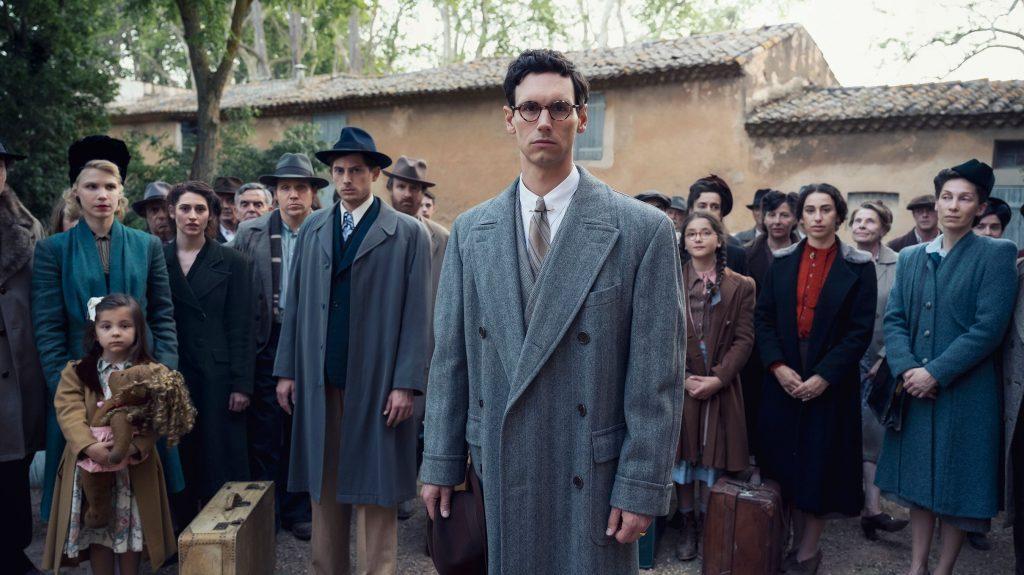
Cory Michael Smith as Varian Fry in . Photo: Anika Molnar, courtesy of Netflix.
The organization was formed in 1940 by some 200 political and intellectual leaders, and represented the American counterpart to the Europe-based International Relief Association (IRA), spearheaded by Albert Einstein. A founding member of the ERC, Fry was dispatched to Marseille with $3,000, and a list of about 200 intellectual and artistic figures in need of rescue-a number he soon found to be a staggering underestimation.
To this existing drama, Transatlantic has opted to inject additional (and, frankly, unnecessary) romantic intrigue, of which there is no historical record. But there is documentation enough of the group's valiant attempts to rescue Europe's artists and how the ERC's work reshaped artistic legacies. Here are the facts behind 's fiction.
Was there really a Surrealist party amid this rescue mission?
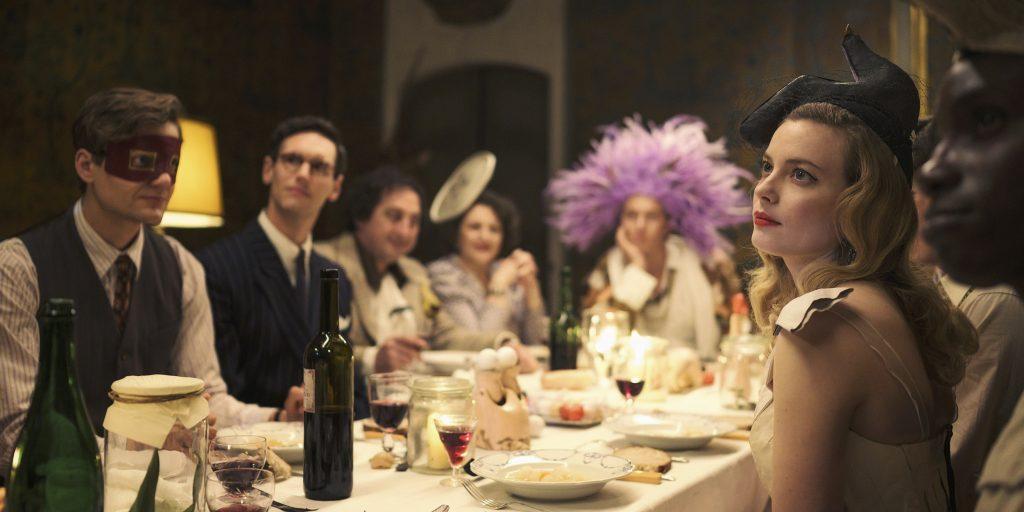
Lucas Englander as Albert Hirschmann, Cory Michael Smith as Varian Fry, and Gillian Jacobs as Mary Jayne Gold in . Photo: Anika Molnar, courtesy of Netflix.
Yes, and apparently many more. The third episode of Transatlantic presents us the spirited goings-on at Villa Air-Bel, the 18-room chateau outside Marseille that served as a safe house for the ERC's refugees. From 1940 to 1941, storied names including Marcel Duchamp, Breton, Chagall, and Ernst passed through its rooms-and these artists did party, in their way.
Ernst arrived, after surviving a series of detention camps, in a white sheepskin coat and a roll of his paintings, tacking them up in the villa's drawing room as a sort of makeshift exhibition. Breton, on his first day, came bearing a bottle of live praying mantises, which he displayed on the dining room table as one would a vase of flowers.
Breton's stay, in particular, drew visits from other Surrealists. As Fry recalled in his memoir Surrender on Demand, Sunday afternoons at the villa saw regular drop-ins not limited to Spanish Surrealist Oscar Dominguez, poet Benjamin Péret, one-eyed painter Victor Brauner, and Cuban artist Wilfredo Lam, one of Picasso's very few pupils.
“Then Breton would get out his collection of old magazines, colored paper, pastel chalks, scissors, and paste pots, and everybody would make montages, draw, or cut out paper dolls,” Fry wrote.“At the end of the evening, André would decide who had done the best work, crying, 'Formidable!' 'Sensationel!' or 'Invraisemblable!” at each drawing.”
What was Peggy Guggenheim doing there?
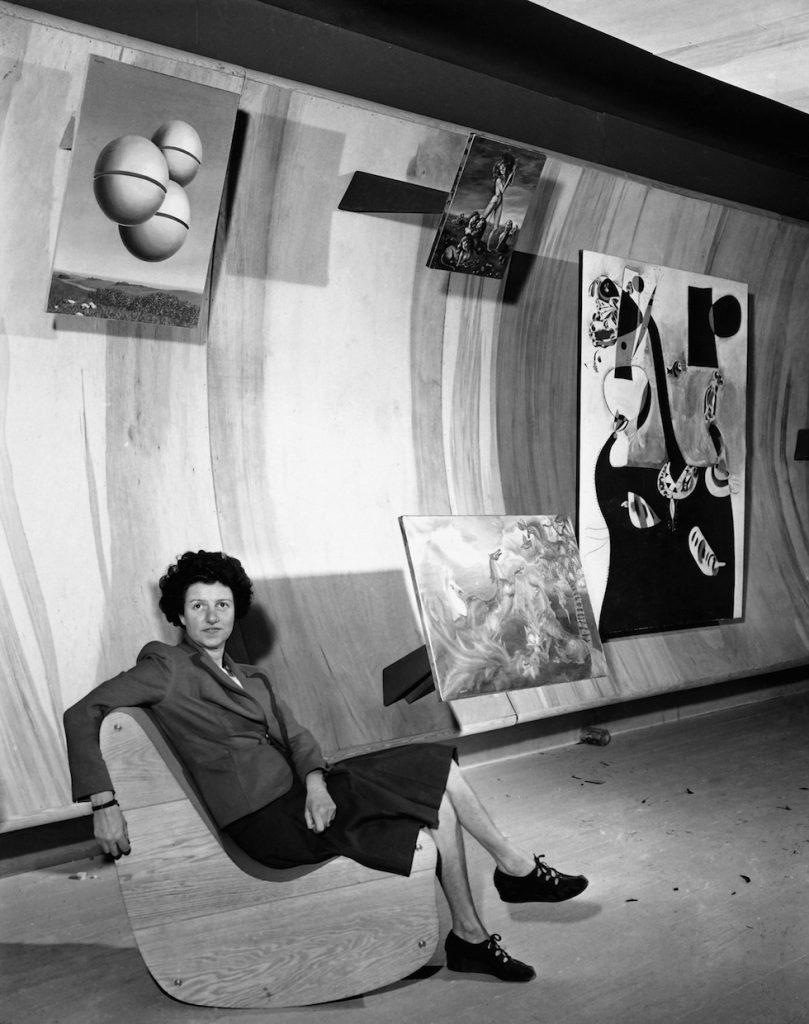
Art collector Peggy Guggenheim poses with paintings at the Museum of Modern Art in New York City, Oct. 22, 1942. (AP Photo.)
While it is not known if Ernst did throw himself a birthday party at Villa Air-Bel, as depicted in Transatlantic, he did encounter Peggy Guggenheim during his stay at the chateau.
The collector had been on a buying spree in Paris, where fleeing Jewish artists and dealers were rushing to offload their collections ahead of the Nazis' arrival. She bought“a picture a day,” she wrote in her 1987 memoir Out of This Century, amassing works by Man Ray, Giacometti, Dalí, Tanguy, and Brancusi (from a teary Brancusi himself) even as German bombs were hitting the suburbs.
Guggenheim ended up in Marseille and visited the Villa Air-Bel in the spring of 1941, wearing earrings that were“long crescents from the ends of which hung tiny framed pictures by Max Ernst,” according to Fry. She would fund the transatlantic crossings of, among others, the Bretons, Chagalls, André Masson, Jacques Lipchitz, and yes, Ernst. For $2,000, including the cost of the fares, she also acquired a number of Ernst's works.
Ernst arrived in New York in July 1941, and he and Guggenheim wed later that year.
Why did it take Marc Chagall so long to leave?
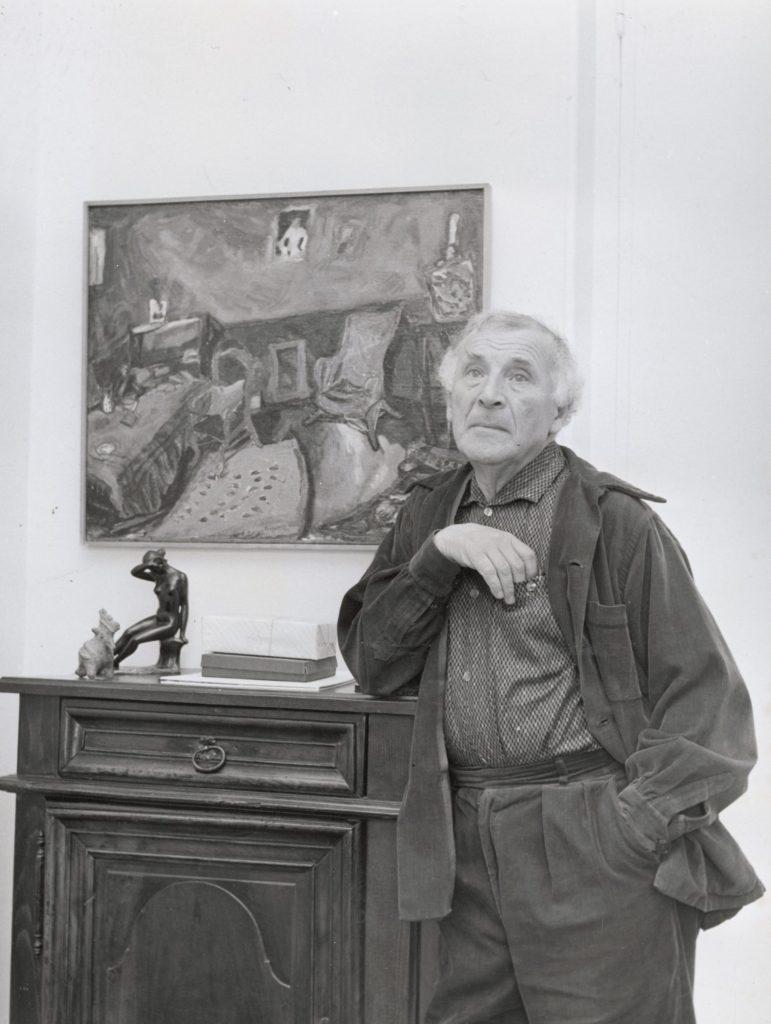
Marc Chagall in New York in the 1950s. Photo: Bettmann / Contributor
The modernist, as portrayed in the final episode of Transatlantic, did take some convincing before he and his family decided to leave France for the United States. He had become a naturalized French citizen in 1937, and the“rich greenness” of the French countryside, he wrote , proved“advantageous... for me in an artistic sense.” Fry, too, wrote of the“serious responsibility to uproot and transplant a great artist.”
However, the implementation of anti-Jewish laws eventually disgusted Chagall enough to propel his departure. And there was another factor. In one of their final meetings in Marseille, the artist put to Fry one anxious question:“Are there cows in America?”
“When I said yes, there were,” recounted Fry,“I could see from the look of relief on his face that he had already decided to go.”
Chagall would settle in New York until 1947. Fry reported he was“well satisfied with American trees and American cows, and finds Connecticut just as good to paint in as southern France.”
What happened after the events in Transatlantic ?
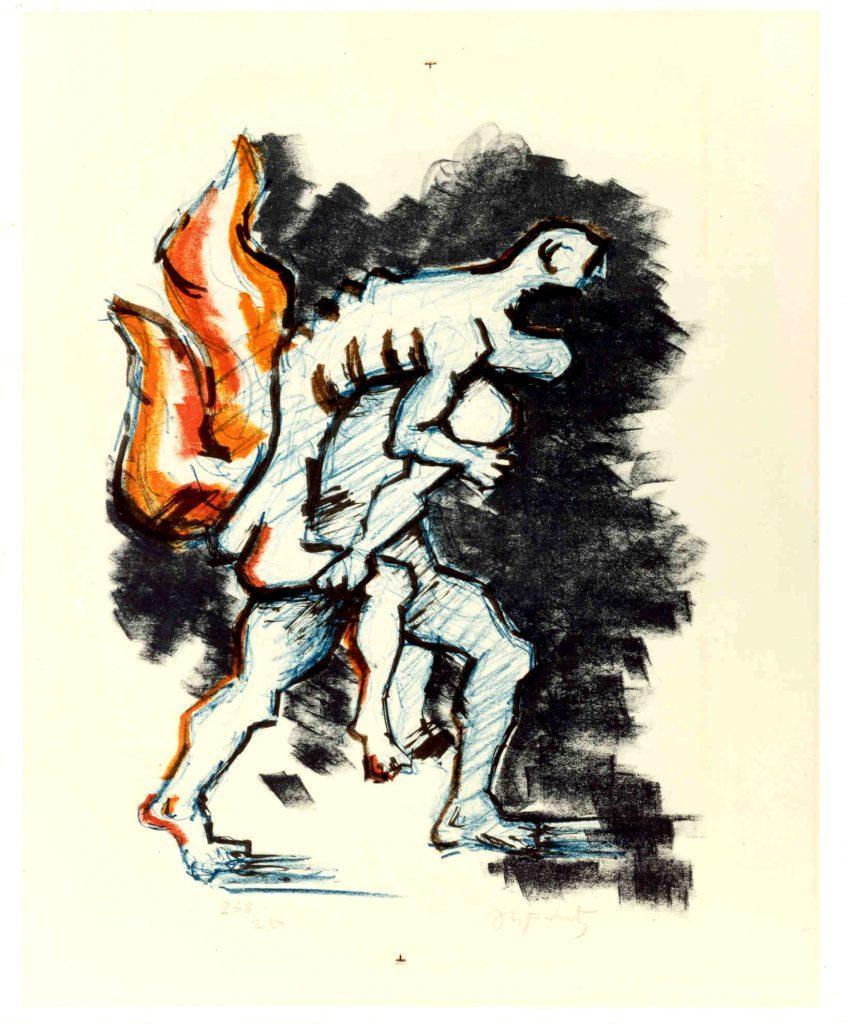
Jacques Lipchitz, (1965) from the“Flight Portfolio,” published 1971. Photo courtesy of the International Rescue Committee.
Transatlantic ends with a series of departures and farewells, but the ERC's humanitarian work had only just begun. After Fry was forced to leave France for good in 1941, the ERC and the IRA would join forces to form the international rescue committee (IRC) to better address the deepening refugee crisis. The IRC's resettlement and relief programs would go on to support Cuban, Angolan, Chinese, and Afghan refugees, among others; it remains in operation today.
In 1964, to fundraise and raise awareness of the plight of refugees, Fry, in partnership with MoMA, conceived the sale of a series of prints by refugee artists, some of whom he'd help rescue. The eventual collection, titled“flight portfolio ,” gathered 12 works on paper by the likes of Chagall, Lipchitz, Masson, Robert Motherwell, and Alexander Calder on the theme of flight. In 1971, 250 limited edition copies of the portfolio were sold to support the IRC.
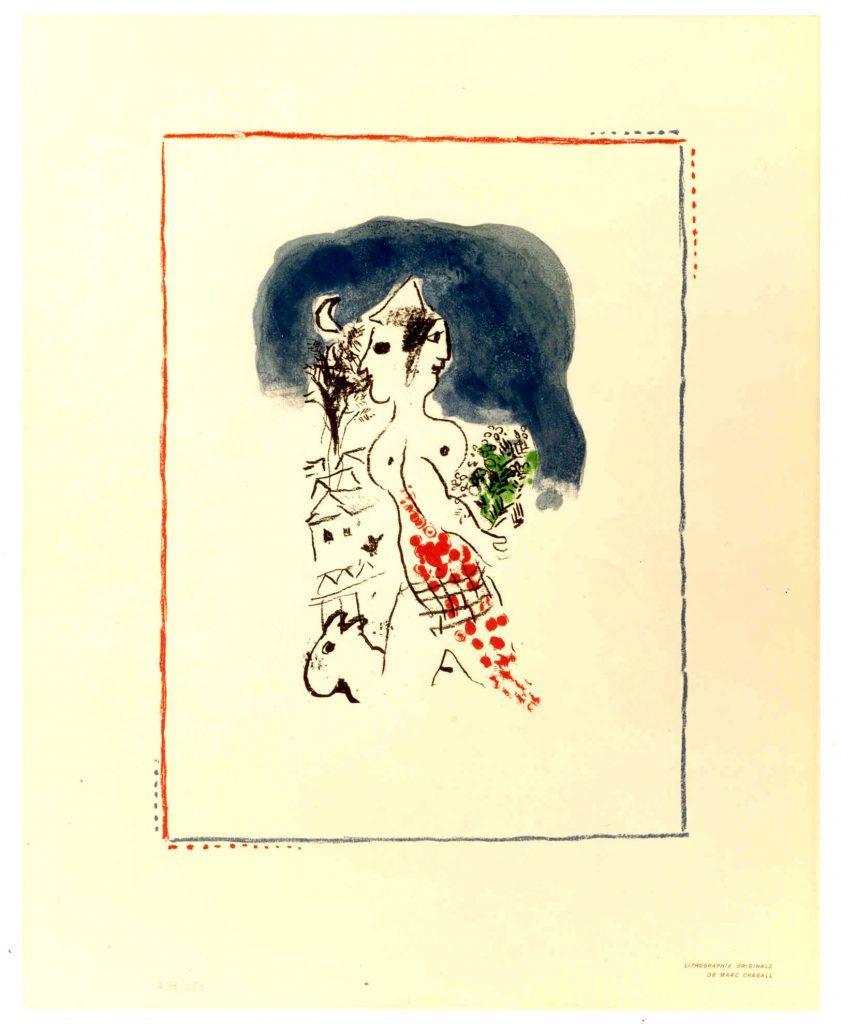
Marc Chagall, (1968) from the“Flight Portfolio,” published 1971. Photo courtesy of the International Rescue Committee.
“To be honest, I don't think the 'Flight Portfolio' ever ignited the art world or achieved the acclaim accorded several of the individual artists who contributed work,” Sarah O'Hagan, an IRC advisory board member and former board co-chair, told Artnet News.“But it stands the test of time as a testimonial. At different moments in its history, the IRC has offered the portfolio for sale.”
Today, with a record high of 103 million displaced people worldwide, the IRC continues to center the perspective of the refugee through the lens of art.
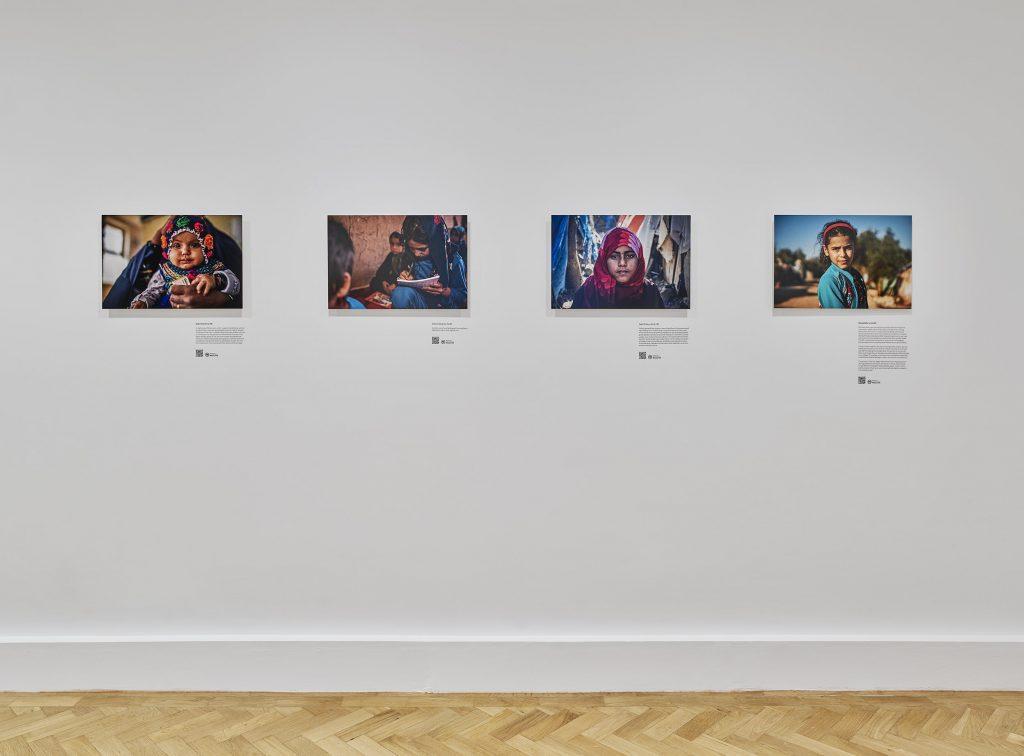
Installation view of“Protecting Milestones: Portraits of Girls in Conflict” at the Gagosian, London. Photo courtesy of the International Rescue Committee.
In 2020, the organization included a selection of drawings by children on the trauma and violence of displacement in the Queens Museum exhibition“the conference of the animals“; more recently, in May 2022, the IRC teamed up with the Gagosian London for“protecting milestones ,” a show featuring photographs of women who have been impacted by conflict.
“The chance to provide context or historical background often deepens appreciation for both the art and the role of an organization like the IRC in saving perspectives that might otherwise be lost,” said O'Hagan.“Separately, the artist has long brought to wider audiences an outsider's eye, or as Bryan Stevenson calls it, the view of the 'disfavored' in society. Lifting up those stories advances the IRC's goals.”



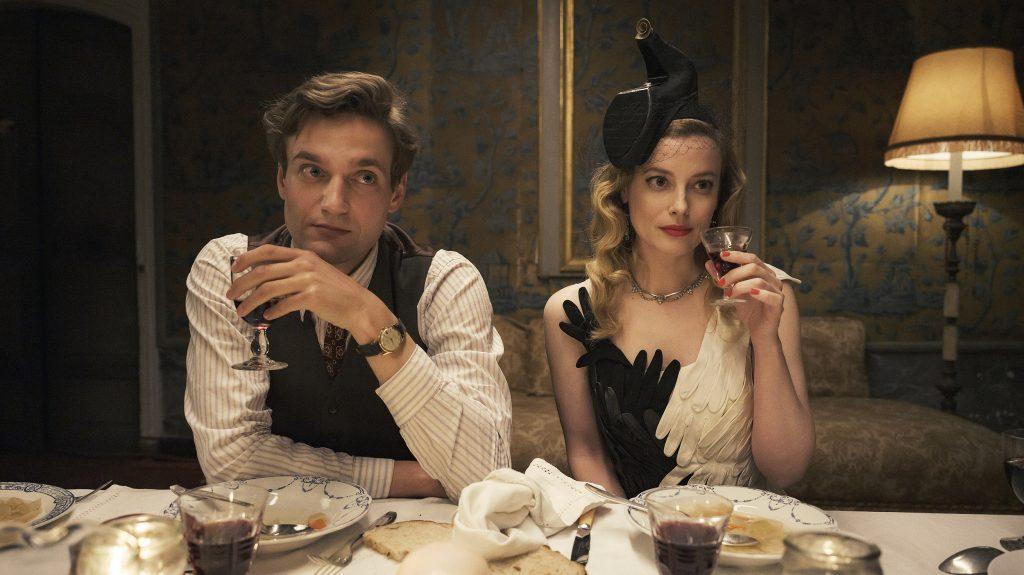























Comments
No comment